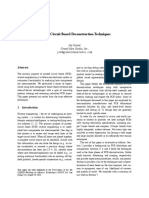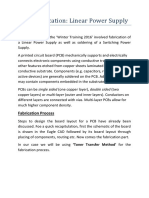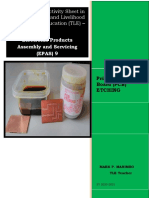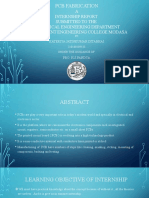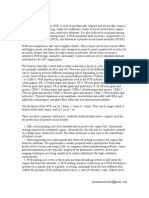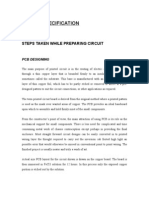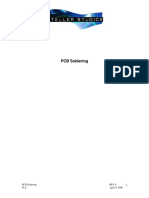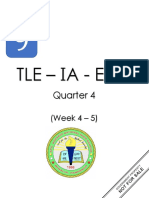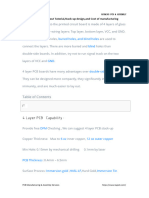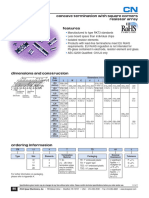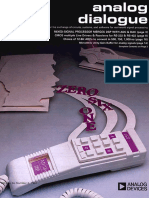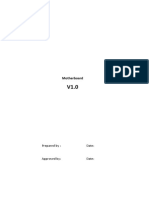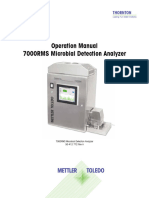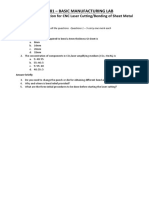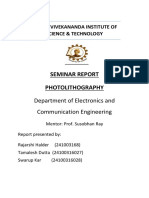0% found this document useful (0 votes)
8 views51 pagesPCB Deconstruction Techniques Slides
The document discusses effective techniques for PCB reverse engineering, including destructive and non-destructive methods for analyzing and deconstructing circuit boards. It covers various techniques such as solder mask removal, delayering, and imaging, along with their respective tools, processes, and effectiveness. A characterization matrix is provided to help select the most suitable method based on time, cost, accessibility, ease of use, success rate, and quality of results.
Uploaded by
Tzouralas TheodorosCopyright
© © All Rights Reserved
We take content rights seriously. If you suspect this is your content, claim it here.
Available Formats
Download as PDF, TXT or read online on Scribd
0% found this document useful (0 votes)
8 views51 pagesPCB Deconstruction Techniques Slides
The document discusses effective techniques for PCB reverse engineering, including destructive and non-destructive methods for analyzing and deconstructing circuit boards. It covers various techniques such as solder mask removal, delayering, and imaging, along with their respective tools, processes, and effectiveness. A characterization matrix is provided to help select the most suitable method based on time, cost, accessibility, ease of use, success rate, and quality of results.
Uploaded by
Tzouralas TheodorosCopyright
© © All Rights Reserved
We take content rights seriously. If you suspect this is your content, claim it here.
Available Formats
Download as PDF, TXT or read online on Scribd
/ 51
